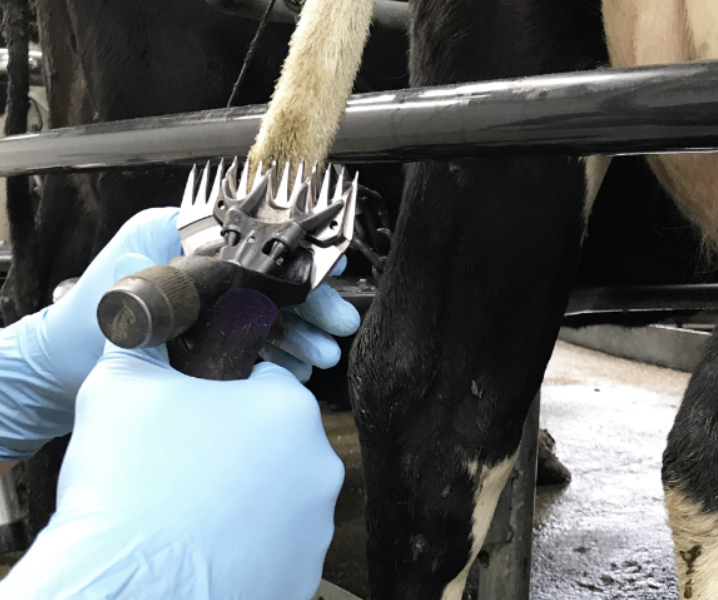
Tail scoring is often a sensitive and sometimes taboo topic. This is possibly because several farmers have been prosecuted for permitting tail damage in their herds in recent years, and clients assume that, by scoring their cows, they may be implying their staff have a problem. Obviously, this does not have to be the case and, just like other monitoring systems we have in place (eg herd testing and BVD bulk tank monitoring), we do not necessarily monitor because we think there is a problem but to ensure we continue NOT to have one. Tail damage is a recognised welfare issue in cattle and, despite the awkward feelings we may have about monitoring, this is not something we should ignore moving forward.
Vetlife vets use a tail scoring protocol that has been well received by MPI and Dairy NZ, and it is currently a standard used by vets nationwide. To score a herd we require ALL cows to be presented. As we need to palpate tails, it is generally thought that the best time to score in a rotary is through a milking, whilst in a herringbone it may be preferable to run animals down an AB race afterwards. It is a quick job, and we do not slow down milkings to do it. We record visual tail deviations, palpable traumas (including cancers, dung balls) and shortenings in separate categories. You will then receive a report with the various percentages of these in your herd as well as a copy detailing results alongside cow IDs. This then allows you to create a benchmark so, moving forward, you can assess any new damage occurring. We recommend you score your herd once a year, preferably at the end of the season, so that if there are any staff changes the score reflects this.
If, after a tail score, you have any concerns around the results, we can help you put a plan in place to reduce any damage or injuries that may be occurring whether they be from the infrastructure or the handling techniques.
Dairy NZ have a resource on tail scoring if you wish to read further and discover ways to reduce tail injuries in your herd. Their booklet “Every cow has a tail to tell” is fairly informative.
Sapkota et al. 2020 have published work looking at welfare assessment protocols for New Zealand’s dairy conditions. Their screening covers animal nutrition, environment, health and behaviour, with the fifth condition of concern, mental state, measured by proxy through the other elements. It currently involves a visit beginning a couple of hours before milking followed by assessment during milking.
The idea is that it will be useful in benchmarking and providing transparency on the welfare of dairy cows on New Zealand farms. They have assessed around 25 farms in this way and, although some adjustments may be required, they are on track to develop thresholds for each category, so this may well be something we are seeing more of in the future.